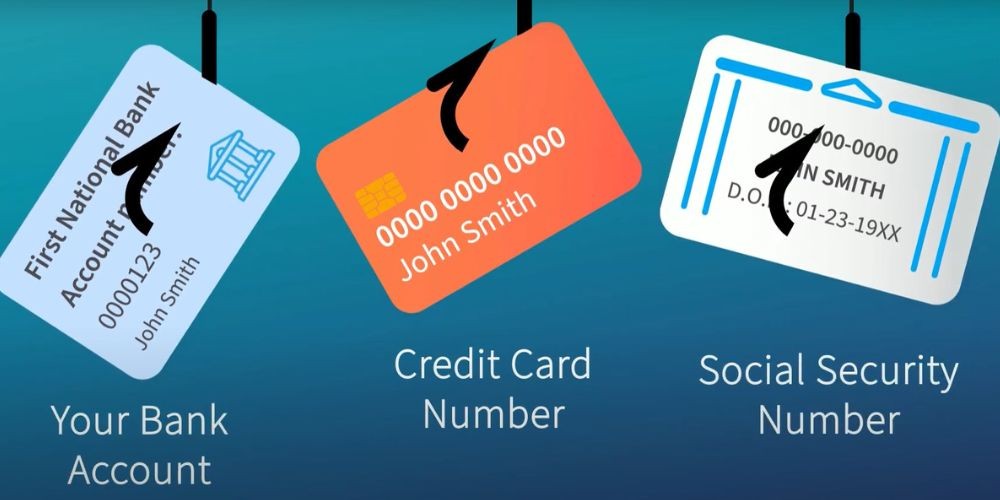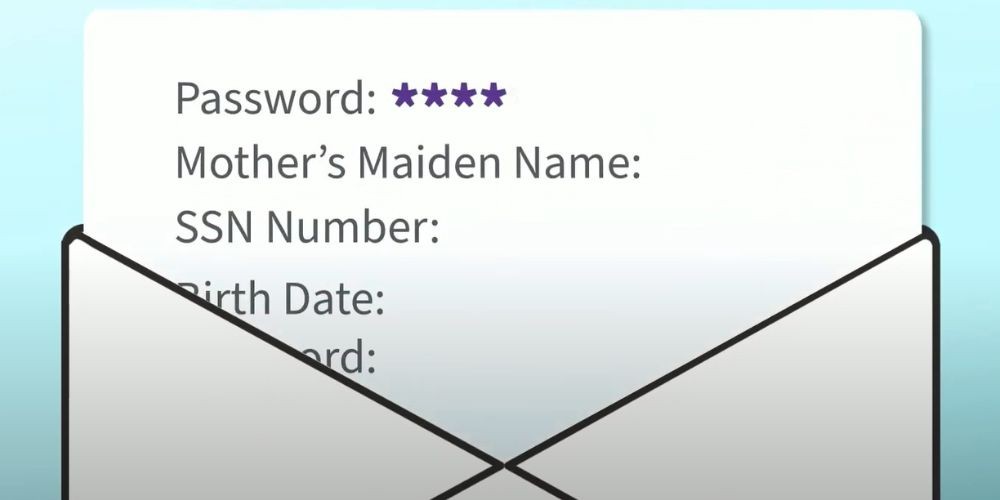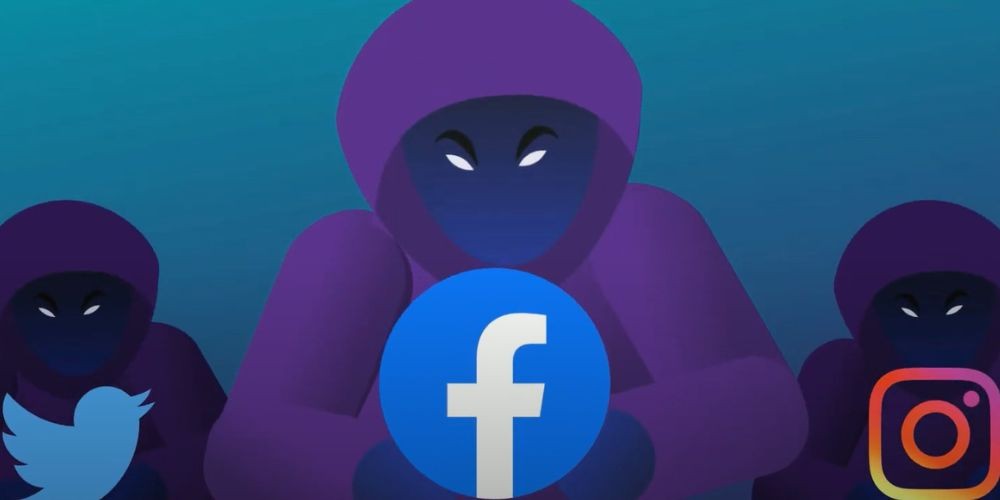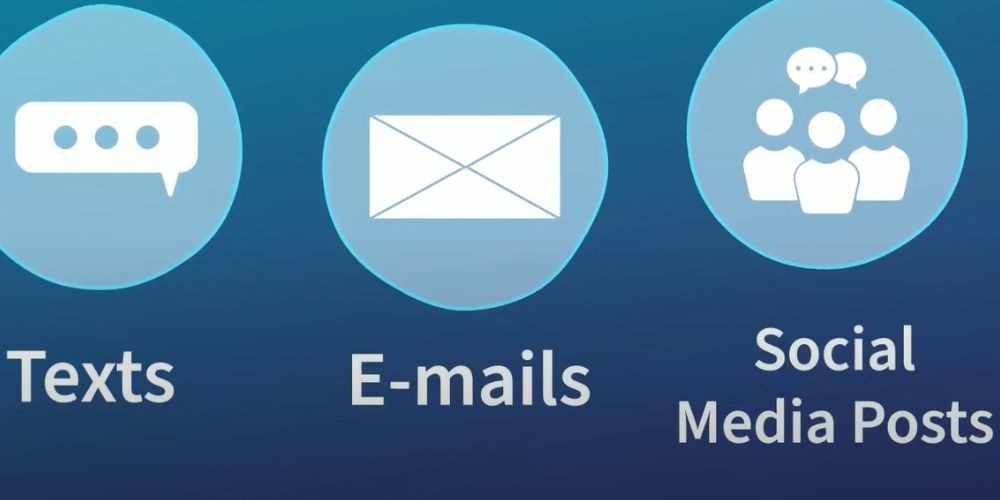Essential Steps to Protect Yourself from Phishing Scams in the Digital Age

In today's digital landscape, where online threats are omnipresent, it's crucial to safeguard yourself from increasingly sophisticated phishing attacks. These cyber threats are evolving, becoming more frequent and ingenious, making it imperative for everyone to enhance their digital defenses. This guide will equip you with practical and effective measures to shield yourself from phishing attacks.
Step 1: Recognize the Signs of Phishing

Phishing attacks often carry telltale signs, regardless of their complexity. Awareness is the first line of defense. Here are some common indicators:
- Suspicious Activity Messages: Emails or messages alerting you to unusual activity in your account.
- Account or Payment Issues: Communications claiming there are problems with your account or payment information.
- Requests for Personal Details: Messages asking you to verify personal information, especially sensitive details like bank account numbers.
- Unsolicited Invoices: Receiving an unexpected invoice can be a tactic to lure you into a phishing trap.
Always scrutinize the sender's address. A dubious address is a red flag. If you sense something amiss, delete or ignore the message. Vigilance is your best defense.
Step 2: Use Two-Factor Authentication (2FA)
Two-Factor Authentication (2FA) strengthens your security by adding an extra layer of verification. Here's why you should enable 2FA on all your accounts:
- Even if a hacker obtains your password, they still need a second verification step, such as a code sent to your phone.
- While 2FA isn't foolproof, it significantly reduces the likelihood of unauthorized access.
Take the time to enable 2FA on your email, social media, and banking accounts. It’s a critical step toward enhanced security.
Step 3: Stay Vigilant and Informed
One of the most effective ways to protect yourself from phishing attacks is constant vigilance. Here’s how to stay on guard:

- Verify Sender Information: Always check if the email address or phone number is from a recognized source. Companies usually use official addresses that you can verify.
- Avoid Unexpected Messages: If you receive messages from services you don’t use—like receiving an Amazon Prime alert when you don’t have an account—ignore them. It’s likely a phishing attempt.
- Be Cautious with Links and Attachments: Do not click on links or download attachments from unknown or suspicious sources. These could be attempts to install malware or steal your information.
Staying vigilant means scrutinizing every unsolicited message or email with a cautious eye. If something feels off, it probably is.
Step 4: Avoid Untrusted Websites
The websites you visit can be potential sources of phishing attacks. Here’s how to navigate the web safely:
- Stick to Trusted Sites: Only visit websites that you know and trust. Avoid clicking on links from unknown sources.
- Look for Secure Connections: Ensure the websites you visit use HTTPS, indicated by a padlock icon in the address bar. This ensures that your data is encrypted.
- Be Wary of Pop-Ups: Phishing attacks often use pop-up windows. If you encounter a pop-up asking for personal information, it’s best to close it immediately.

By sticking to reputable sites and secure connections, you minimize the risk of falling prey to phishing scams.
Step 5: Keep Your Devices Secure
Maintaining the security of your devices is paramount in preventing phishing attacks. Here's how to stay protected:
- Install Updates: Regularly update your operating system, browser, and all installed programs. Updates often incorporate security fixes that protect against known vulnerabilities.
- Use Antivirus Software: Reliable anti-virus computer software can identify and block attempts by intruders to gain access to your information.
- Enable Firewalls: Firewalls add an extra layer of security by controlling incoming and outgoing network traffic.
Ensuring that your devices are up to date and protected with security software creates a robust barrier against phishing threats.
Step 6: Educate Yourself and Others
Knowledge is a powerful tool in the fight against phishing. Here's how to stay informed and spread awareness:
- Stay Informed: Keep up with the latest developments in cybersecurity. Many resources online offer updates on new phishing tactics and how to avoid them.
- Share Knowledge: Educate your friends, family, and colleagues about the signs of phishing. The more people are aware, the harder it becomes for attackers to succeed.
- Participate in Training: Many organizations offer cybersecurity training. Participate in these classes to expand your knowledge and skills.
By continuously educating yourself and spreading awareness, you contribute to a safer online community.
Step 7: Report Phishing Attempts

Reporting phishing attempts is crucial in the fight against cybercrime. Here’s what to do if you encounter a phishing attempt:
- Contact the Source: If you receive a suspicious email from a company you recognize, contact them directly using verified contact information to report the incident.
- Report to Authorities: Many countries have cybersecurity authorities where you can report phishing attempts. This helps them track and combat phishing campaigns.
- Inform Your Network: Let your contacts know about the attempt so they can be on the lookout for similar attacks.
Reporting phishing attempts not only helps protect you but also helps mitigate the threat to others.
Conclusion: Stay Proactive, Stay Safe
In conclusion, protecting yourself from phishing attacks requires a proactive approach. By recognizing the signs, using two-factor authentication, staying vigilant, avoiding untrusted websites, keeping your devices secure, educating yourself and others, and reporting phishing attempts, you build a formidable defense against these threats. Remember, even the smallest precaution can make a significant difference in safeguarding your digital life.



